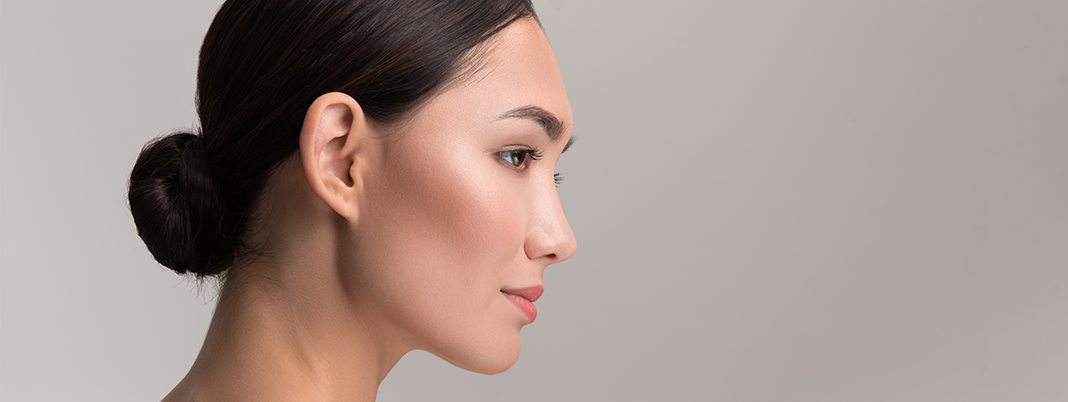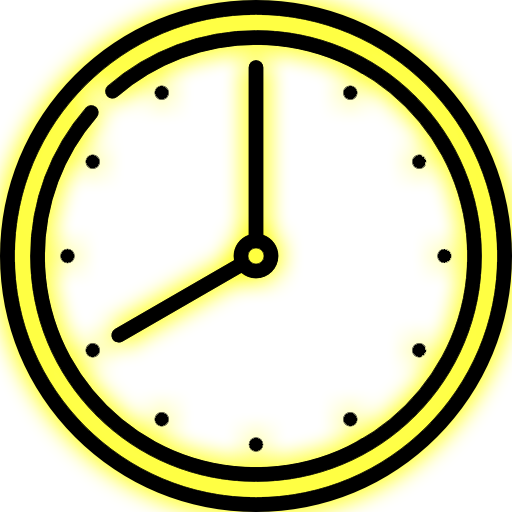Our Services
- Neuromodulators
- Medical Facial In Singapore
- Laser Rejuvenation
- Autologous Skin Microfrafting for Androgenetic Alopecia
- Clear & Smooth Laser
- Eye Thread Lift
- Fractional Resurfacing Laser
- Hydration Fillers/Skin-boosters
- Hyaluronic Acid Injections For The Face & Skin 逆時針
- Laser Hair Removal
- Fat Freezing Treatment (FDA Approved)
- The Dermalift
- Pigment Recovery Program
- Salmon DNA Injection 婴儿针
- Fractional Resurfacing Laser with no down time
- Laser Tattoo Removal
- Steroid Injection
- Laser Treatment For Acne & Acne Scars
- Dermal Fillers
- Skin Brightening Laser Treatment in Singapore
- Skin Tightening & Facelift Treatment In Singapore
- 安全无创超声刀Non-invasive Skin Tightening & Lifting Treatment
- TESLA Former
- Non surgical RF skin tightening
- ThermiVa
- Thread Lift
- Laser Removal of Skin Growths
- RF Microneedling Treatment – Skin Brightening
- Laser Body Contouring
- Non-Invasive Fat Reduction In Singapore
- Non surgical RF skin tightening
- Nose Thread Lift
- Facial Acne Treatment in Singapore
- Body Slimming Treatment Singapore: A Guide to Contouring Solutions
- Skin Hydration Treatments for Dull Skin
- Thermage FLX
Dermal Fillers
*This treatment is performed by Singapore Medical Council (SMC) registered doctors.

-

Procedure Type
Injection
-

Results
[Sagging / Jowls / Volume Loss]: Tightened skin tone
[Dark Eye Circles / Tired Eyes]: Lightening of hyperpigmentation and restoration of skin brightness
[Nose Shaping]: Smoother, higher nose bridge and more defined nose tip
[Jawline Shaping / V-shaped Face]: Sharper jawline with more V-shaped face -

Downtime
Minimal downtime
-

Where
[Sagging / Jowls / Volume Loss]: Face (mostly focused on the forehead), temples, cheeks, jawline
[Dark Eye Circles / Tired Eyes]: Area under eyes
[Nose Shaping]: Nose
[Jawline Shaping / V-shaped Face]: Chin -

Procedure Time
Approximately 30 minutes
How do Dermal Fillers work?
Dermal fillers are soft tissue injections into the skin that aim to restore and replace volume loss in a target area. They provide non-surgical avenues to address volume loss, sunkenness in the face, hollowing in the face, and other visible symptoms due to ageing or other factors.
Dermal fillers can be used to achieve specific aesthetic outcomes by augmenting the look of certain features, such as by helping to lift the nose bridge, or by restoring skin tone and texture for a more youthful appearance.
They typically contain substances like hyaluronic acid-based and poly-L-lactic acid. Hyaluronic acid fillers add volume by drawing in moisture into the skin, while poly-L-lactic acid-based fillers stimulate collagen production to recover skin elasticity, and smoothen lines and wrinkles. As dermal fillers contain biocompatible ingredients, they are gradually absorbed into the body over time. This has made them a temporary and less invasive alternative to permanent cosmetic surgery, while still achieving the desired visible aesthetic effects.
When considering a dermal filler treatment for your face or skin, it is vital to consult with a qualified medical professional to understand the options available. A medical practitioner in Singapore will also be able to assess your suitability for the procedure, and identify the most suitable type of filler used for your individual concerns.
Who are Dermal Fillers for?
Dermal fillers are suitable for adults experiencing visible signs of ageing, such as fine lines, wrinkles, and volume loss. Individuals looking for non-surgical and temporary aesthetic enhancements may also consider dermal fillers as an option.
While dermal fillers are generally suitable for all skin types, a thorough assessment by a qualified practitioner will determine the appropriate treatment procedure based on individual skin conditions and aesthetic goals.
Dermal fillers can sometimes be confused with neuromodulators or toxins, which are frequently administered via injection into the skin as well. However, they are totally different in nature and effects, as explained under the Neuromodulators/Toxins page.
Types of Dermal Filler
There are many types of dermal fillers available in the medical aesthetic market, each catering to different skincare needs and goals. Common filler types include:
- Hydration fillers: Hydration fillers restore hydration to the skin to help combat visible signs of ageing and restore a youthful complexion.
- Collagen-boosting fillers: Collagen fillers stimulate collagen production in the skin, with the intent to achieve a smoother and more consistent skin tone for a youthful appearance.
- Volumising fillers: Volumising fillers help to fill in deeper lines and wrinkles, restoring volume to sunken areas of the face.
- Structural fillers: Structural fillers restore certain structures or silhouettes in the face, helping to achieve aesthetic goals such as a lifted nose bridge or more defined cheekbones.
The main difference between these types of fillers lies in their fluidity and cohesivity as determined by the amount of intermolecular bonds between the hyaluronic acid molecules. These differences affect the visibility or texture of the filler after being injected into the skin, and other effects such as collagen stimulation or skin hydration.
How Dermal Fillers Help Address Skincare Concerns
Dermal fillers can help address various skincare concerns, including:
- Volume restoration: Fillers can restore lost volume to cheeks, temples, and other facial areas.
- Wrinkle reduction: They smooth out deep and fine lines and creases, leading to a more youthful appearance.
- Contouring: Strategic filler injections can enhance facial contours such as the jawline or cheekbones.
- Hydration: Hyaluronic acid fillers draw moisture into the skin, improving hydration.
Understanding the Dermal Filler Process
The dermal filler process involves several steps:
- Assessment for suitability: A medical doctor will first assess your concerns and understand your expectations to best select the type of filler needed.
- Preparation: The target area on the face/skin is cleansed and an anaesthetic cream is applied.
- Filler injection process: The doctor will then carefully inject the filler via a sharp needle or a blunt cannula. From start to finish, the entire procedure typically takes about 30 minutes or more depending on the targeted areas.
- Post-treatment: There is no post-treatment downtime for dermal fillers. Your medical doctor will provide recommendations for aftercare at this time, if necessary.
Areas eligible for Dermal Fillers
Eligible areas for dermal fillers include:
- Forehead lines to reduce the appearance of deep furrows.
- Tear troughs to address under-eye hollows.
- Cheeks to enhance cheek volume.
- Nasolabial folds to smoothen smile lines.
- Lips for volume enhancement and/or shaping.
What are the Potential Results, Outcomes, or Risks of Dermal Fillers?
Common expected results of dermal fillers include:
- Filling of deep and fine lines and wrinkles.
- Filling in sunken facial structures.
- Filling in tear troughs and reducing the appearance of tired skin.
- Better definition in nasal bridge and nose tip.
- Plumped up cheeks with fuller nasolabial folds and smoother marionette lines.
- Contoured facial silhouette for V-shaped face.
Like any medical procedure, dermal fillers come with potential risks, including redness, swelling, bruising, and tenderness at the injection site. In rare cases, more serious complications like infection, allergic reactions, injection site necrosis, nodules, or vascular occlusion can occur. It’s essential to have dermal fillers administered by a certified medical professional who can minimise these risks and address any complications should they arise.
Downtime Expectations for Dermal Fillers
There is typically minimal downtime for this treatment, though patients may experience instances of slight bruising. Patients are recommended to monitor for any adverse or unexpected reactions, and seek medical advice immediately if necessary.
Post-Treatment Recommendations
Individuals seeking to achieve specific aesthetic outcomes may consult with the medical doctor attending to their dermal filler case about additional treatments like non-surgical RF skin tightening, non-invasive skin tightening and lifting, nose thread lifts, or thread lifts to achieve specific aesthetic outcomes. A medical professional should always be consulted before pursuing any form of medical aesthetic treatment.
Frequently Asked Questions About Dermal Fillers
The longevity of dermal filler results varies significantly depending on the type of filler used, the treatment area, and the individual’s metabolic rate. Typically, results can last from six months to 18 months. To maintain the aesthetic benefits, follow-up treatments may be recommended on an individual case-by-case basis. A medical doctor should be able to suggest more precise timelines and treatment plans based on your individual outcomes.
While dermal fillers are generally considered safe, they do come with potential side effects. Commonly, patients may experience temporary redness, swelling, tenderness, or bruising at the injection site. These typically resolve within a few days. More serious, but rare, side effects can include allergic reactions, infection, or lumpiness. In very rare cases, there can be complications such as vascular occlusion. It is crucial to have fillers administered by a skilled practitioner to minimise these risks.
Yes. Most patients can return to work immediately post-dermal filler, as there is no significant downtime. However, it’s recommended to avoid strenuous activities and heavy exercise for 24-48 hours to reduce the risk of swelling and bruising in the injection site. Gentle movements and less physically demanding tasks are preferred. Each individual’s reaction to the treatment can vary, so it’s best to follow the specific advice given by your practitioner.
Post-treatment, patients are advised to avoid strenuous activities and exposure to extreme temperatures in order to optimise healing and longevity of the filler. Other key precautions might include avoiding significant movement or massage of the treated area for at least 24 hours, avoiding high temperatures such as saunas or sunbaths, and avoiding strenuous exercise for the first 48 hours. Patients should also use a gentle cleanser, moisturiser, and broad-spectrum sunscreen in their skincare routine, and avoid wearing makeup for the first 12 hours. General lifestyle changes like staying hydrated and following a healthy skincare routine can also help to prolong the effects of dermal filler treatment.
